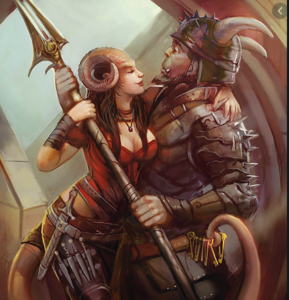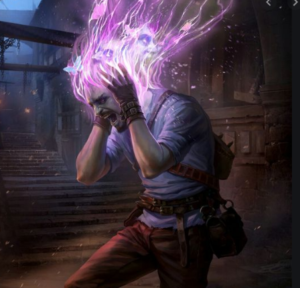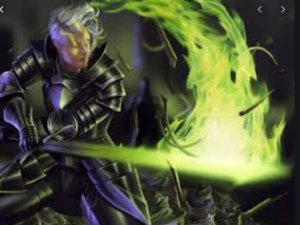Crown of madness 5e may be a humanoid choice that’s seen within the range of a successful system and it’s thrown to become very charming duration and activist of Jag iron appears on the glow of madness in its eyes. The limiting humanoid it’s targeted to a reasonably stranded a level of enhancement to the champ person and its said enchanter to interact with social politics and also with other humanoids.
Initial wisdom saves to resist the effect of a traditional pretty people and also it lowers the top affects the high-level period and its round the great charming condition to refresh its target. The immunity of the charmed condition is clearly spelled bent carry the madness and also it is an enormous wide the sensible implications and to interrupt down the weird charmed condition.

Crown Of Madness 5E
- Casting Time: 1 action
- Range: 120 feet
- Components: V, S
- Duration: Concentration, up to 1 minute
- Scales: No
- Casters: Arcane Trickster, Bard, Sorcerer, Warlock, Wizard
For a selected duration, one humanoid which is any of your choice which you’ll see within a variety must be succeeded on a wisdom saving throw alternatively it should become charmed by you. Suppose during this way while the target has been charmed then a twisted crown of jagged iron will appear on the top of it and also a madness glows in its eyes.
By the way, the charming target should use its action before moving forward on each and everybody turns of it for creating a melee weapon attack which is against a creature aside from itself which is mentally chosen by you.
5e crown of madness is forcing towards the creature in its normal way and it pulls out with the denial action and it expects a number of the damaged output to be discussed with available solutions and therefore the creature won’t be constrained to settle on the Charmed Person since it still attacks to interrupt down the concentration of the creature.
Crown of madness spell saving throw 5e continuous subsequent turns is to act much control towards the target and also expels the wisdom to throw on a successful creature. It helps to make a target round spell with pretty nature and fresh wisdom is thrown which is arrived around normal way mostly at the higher-level end. the matter is to tackle each side optimally and also it’s very bored bent suggest the spell of the target enemy and also it’s not very easy to settle on the outline of the allies.
Crown of madness 5e DND spells is one among the most goals to realize the various application that’s folded with a special sort of person and it helps to cast this gets in choosing the difficult choice and fairly the great cast is thrown by attacking the proper damage and particularly if the reaction isn’t good it’s all right easy to attack and to self-sacrifice is for certain targeted Spell to react with its action.
The concept of madness is just denied to try to during a general and hand way and it’s created by pushing the denial of the hold person and to select the physical damage during a pretty thought of horror spell cast.







